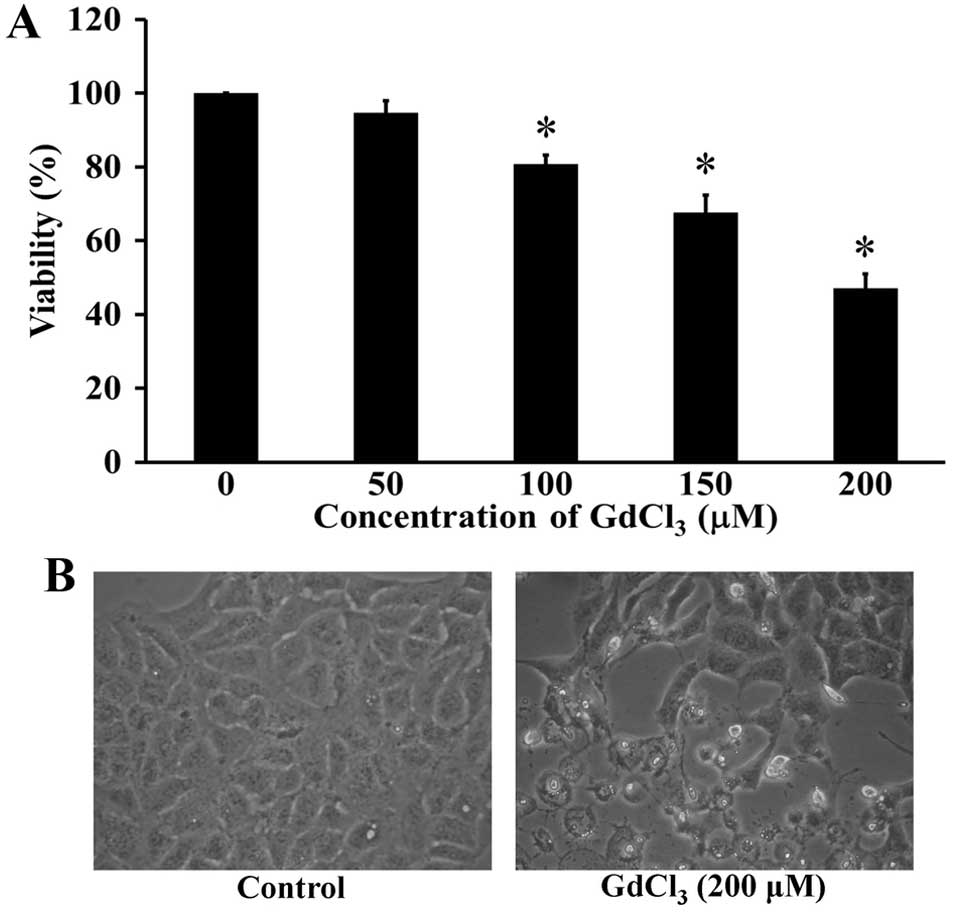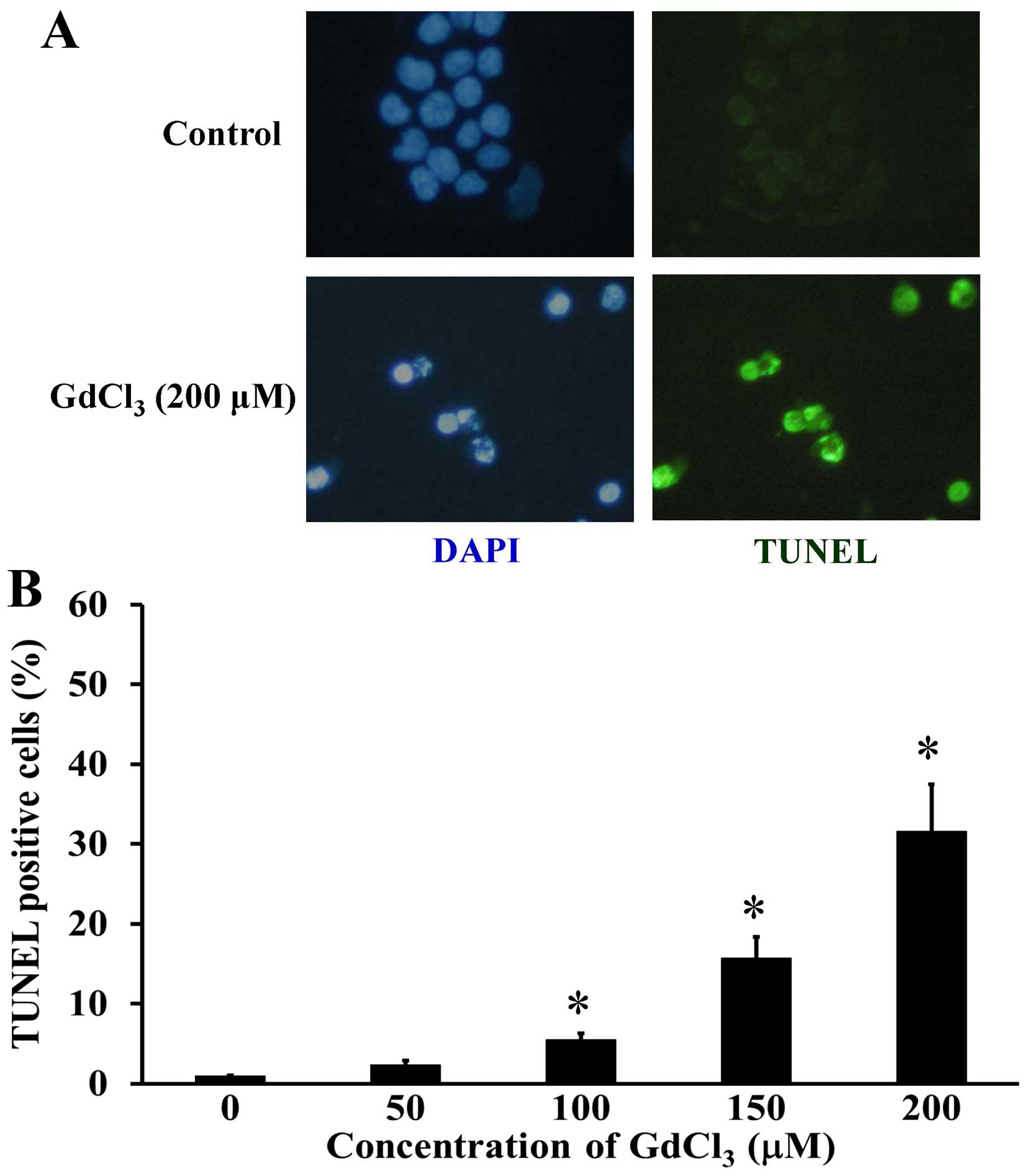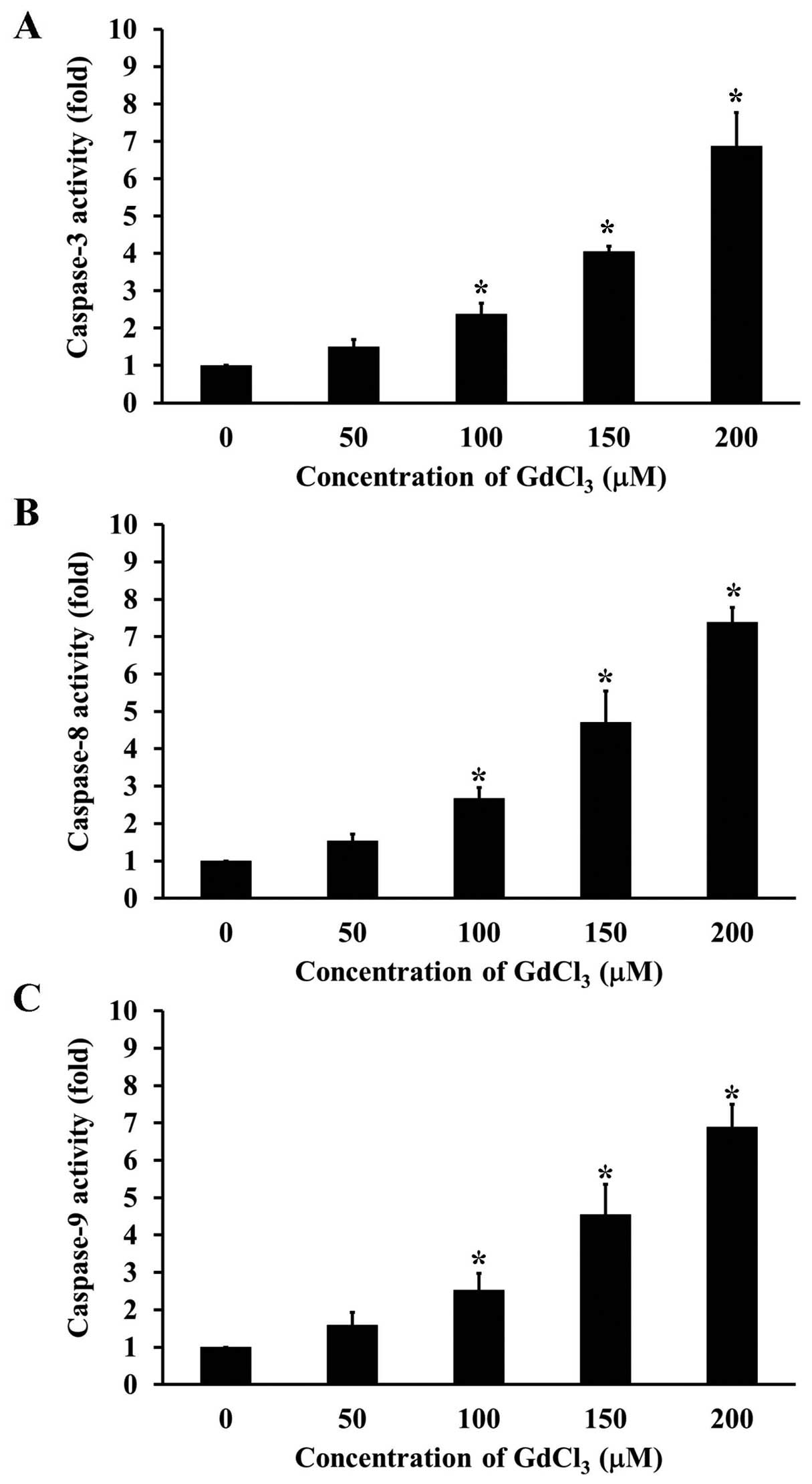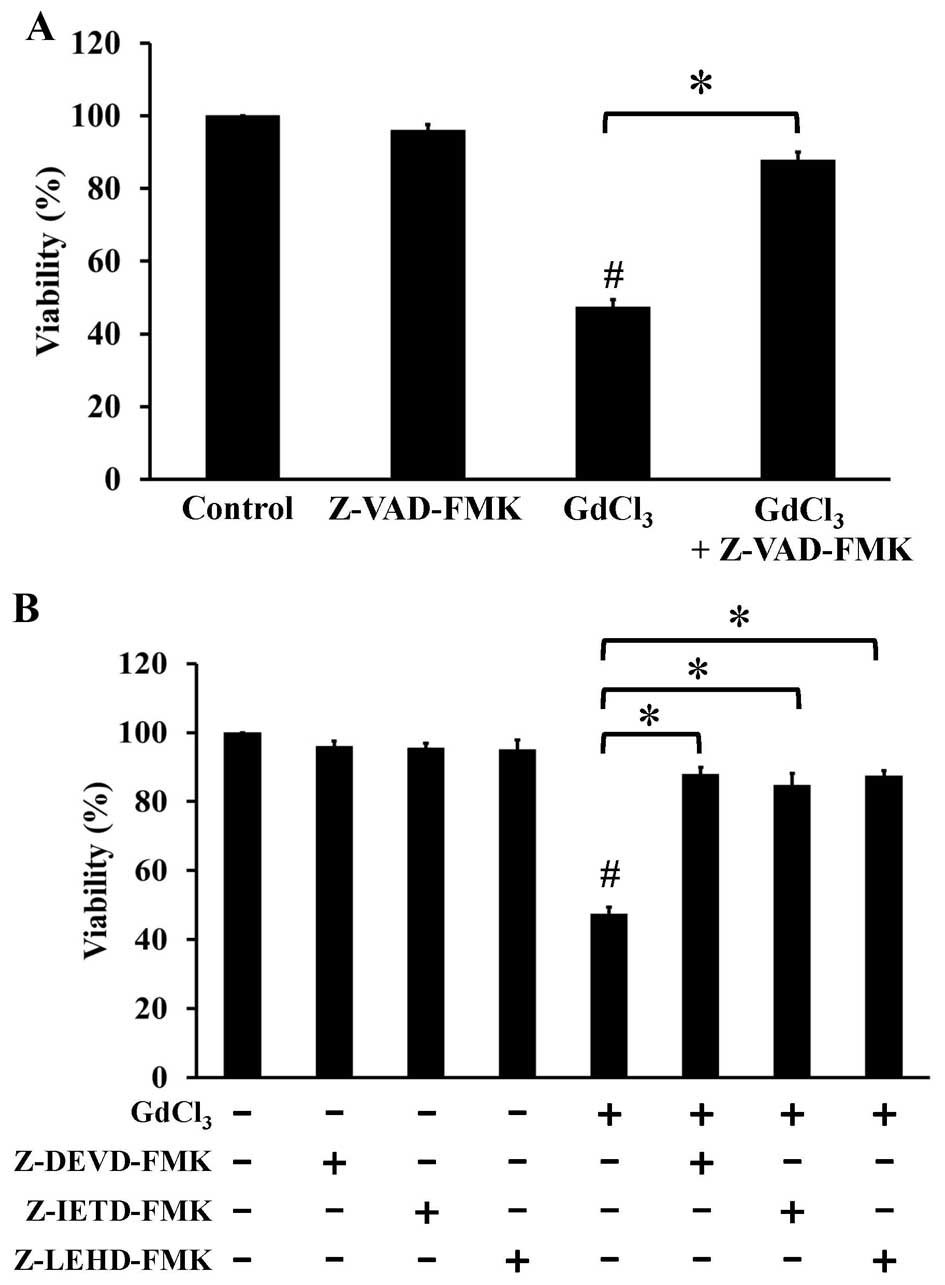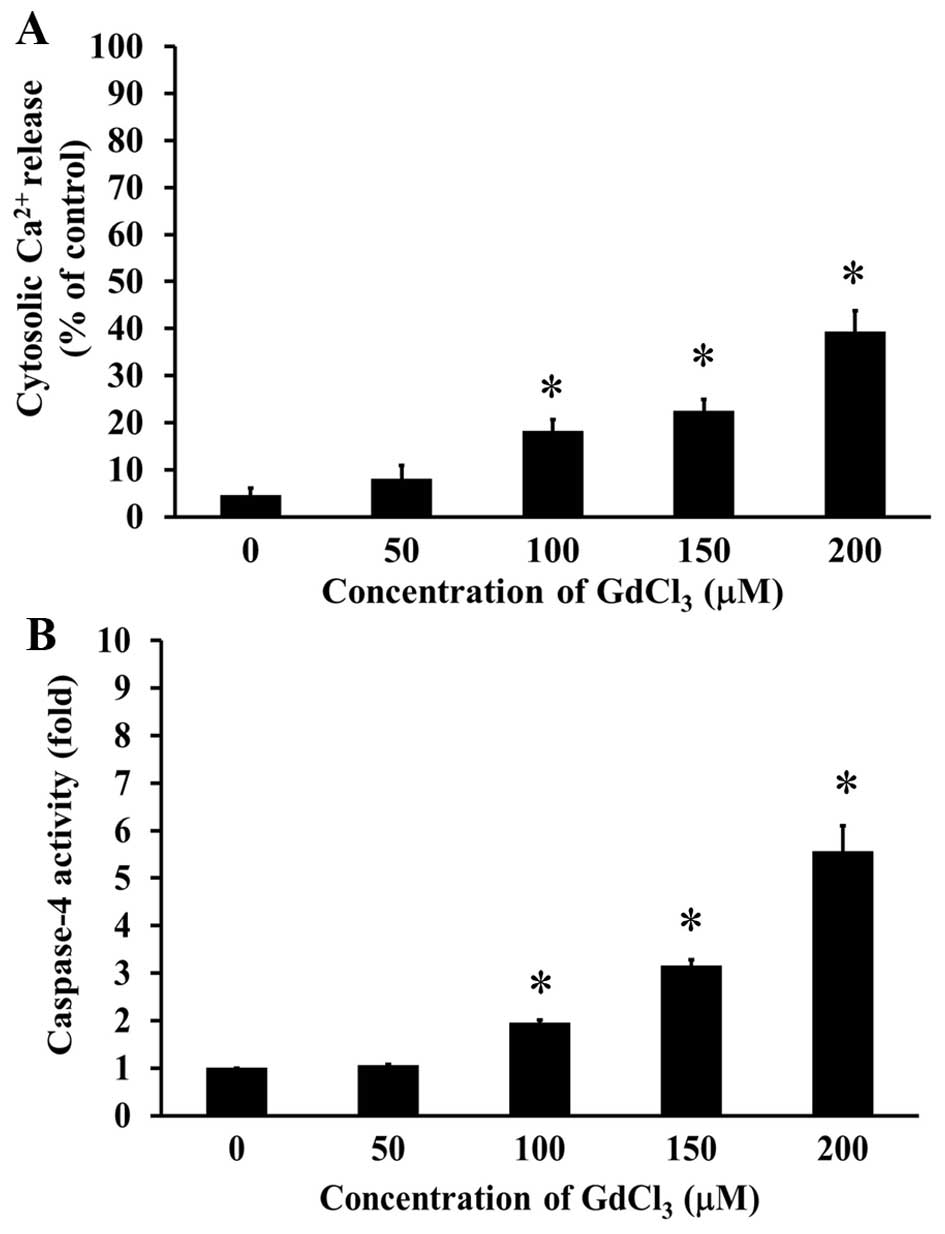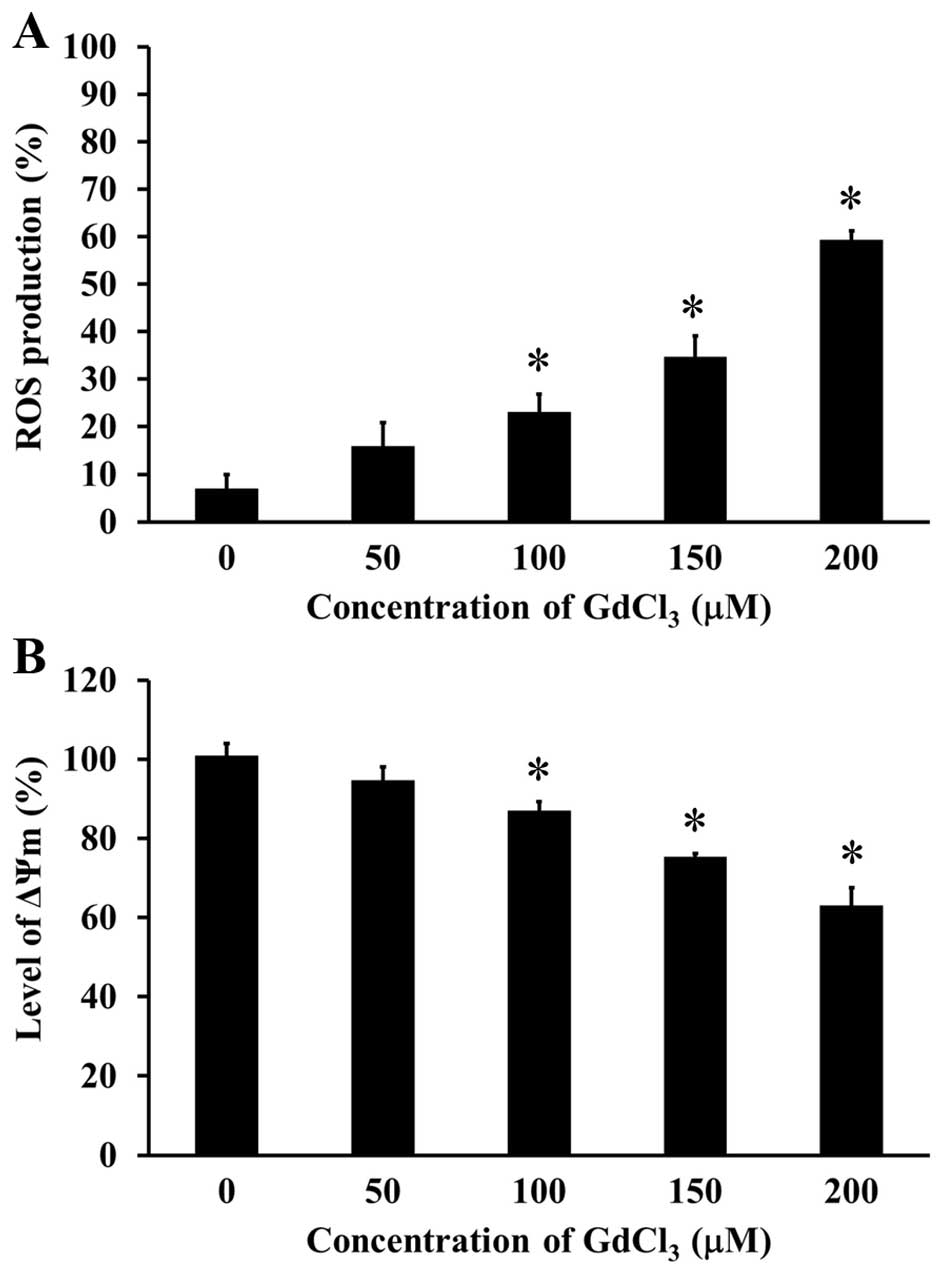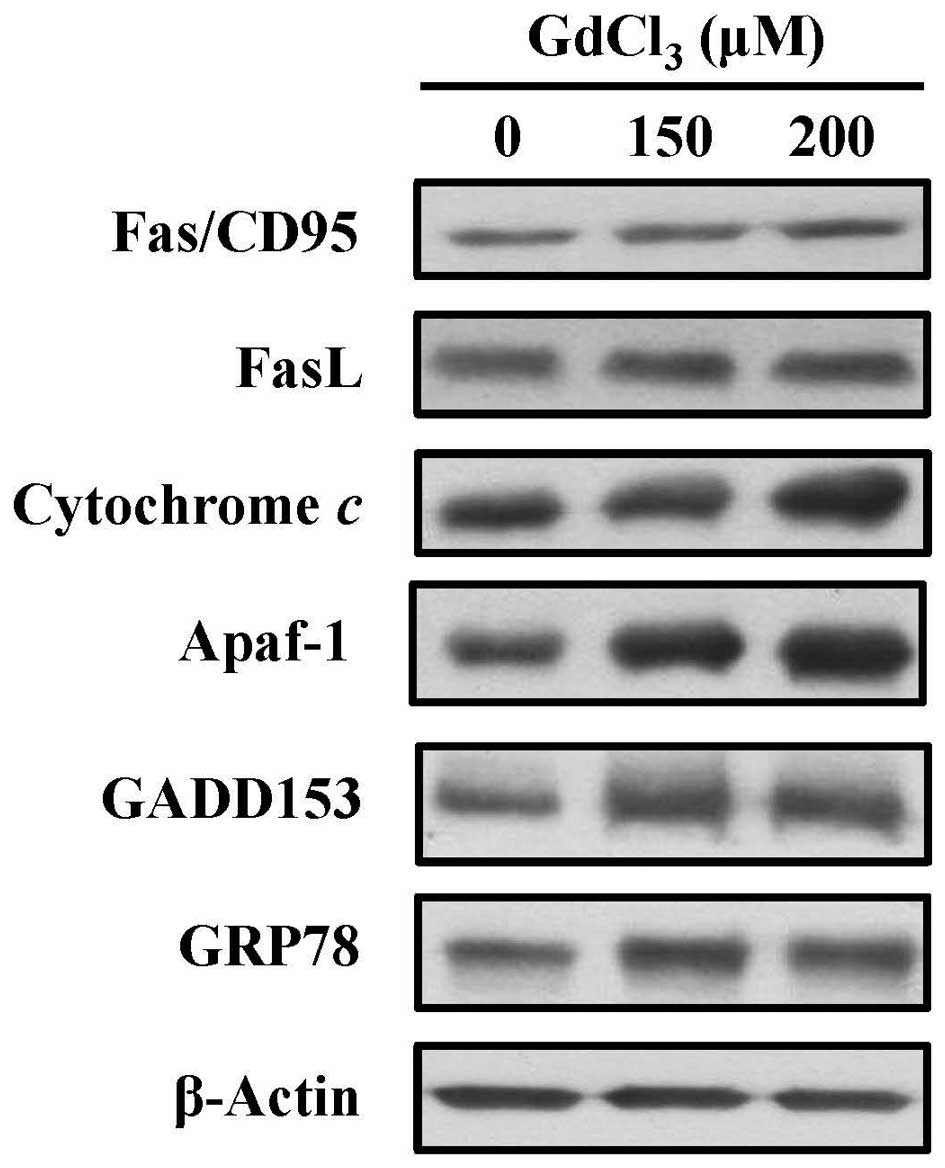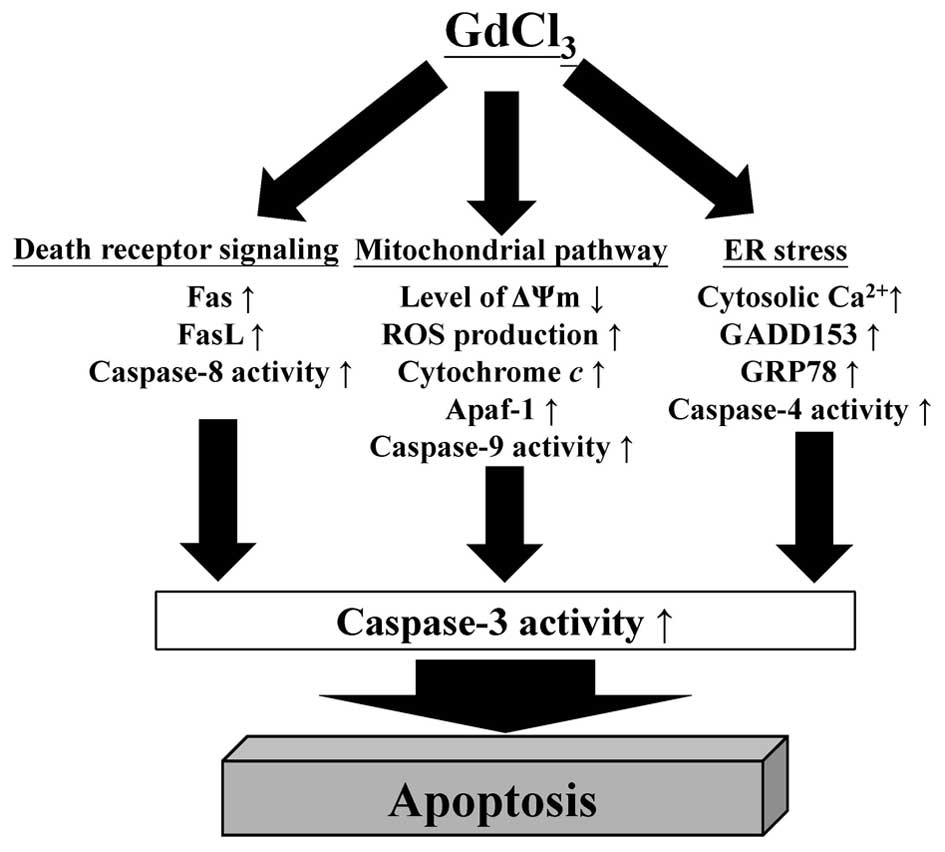|
1
|
Duong LM and Richardson LC: Descriptive
epidemiology of malignant primary osteosarcoma using
population-based registries, United States, 1999–2008. J Registry
Manag. 40:59–64. 2013.PubMed/NCBI
|
|
2
|
Ottaviani G and Jaffe N: The epidemiology
of osteosarcoma. Cancer Treat Res. 152:3–13. 2009. View Article : Google Scholar : PubMed/NCBI
|
|
3
|
Savage SA and Mirabello L: Using
epidemiology and genomics to understand osteosarcoma etiology.
Sarcoma. 2011:5481512011. View Article : Google Scholar : PubMed/NCBI
|
|
4
|
Salas S, Jézéquel P, Campion L, Deville
JL, Chibon F, Bartoli C, Gentet JC, Charbonnel C, Gouraud W,
Voutsinos-Porche B, et al: Molecular characterization of the
response to chemotherapy in conventional osteosarcomas: Predictive
value of HSD17B10 and IFITM2. Int J Cancer. 125:851–860. 2009.
View Article : Google Scholar : PubMed/NCBI
|
|
5
|
Venkatramani R, Murray J, Helman L, Meyer
W, Hicks MJ, Krance R, Lau C, Jo E and Chintagumpala M: Risk-based
therapy for localized osteosarcoma. Pediatr Blood Cancer.
63:412–417. 2016. View Article : Google Scholar : PubMed/NCBI
|
|
6
|
Padma VV: An overview of targeted cancer
therapy. Biomedicine (Taipei). 5:192015. View Article : Google Scholar : PubMed/NCBI
|
|
7
|
Alfranca A, Martinez-Cruzado L, Tornin J,
Abarrategi A, Amaral T, de Alava E, Menendez P, Garcia-Castro J and
Rodriguez R: Bone microenvironment signals in osteosarcoma
development. Cell Mol Life Sci. 72:3097–3113. 2015. View Article : Google Scholar : PubMed/NCBI
|
|
8
|
Bian DL, Wang XM, Huang K, Zhai QX, Yu GB
and Wu CH: Expression and regulatory effects of microRNA-182 in
osteosarcoma cells: A pilot study. Oncol Lett. 11:3040–3048.
2016.PubMed/NCBI
|
|
9
|
Ling H, Vincent K, Pichler M, Fodde R,
Berindan-Neagoe I, Slack FJ and Calin GA: Junk DNA and the long
non-coding RNA twist in cancer genetics. Oncogene. 34:5003–5011.
2015. View Article : Google Scholar : PubMed/NCBI
|
|
10
|
Ouyang L, Shi Z, Zhao S, Wang FT, Zhou TT,
Liu B and Bao JK: Programmed cell death pathways in cancer: A
review of apoptosis, autophagy and programmed necrosis. Cell
Prolif. 45:487–498. 2012. View Article : Google Scholar : PubMed/NCBI
|
|
11
|
Elmore S: Apoptosis: A review of
programmed cell death. Toxicol Pathol. 35:495–516. 2007. View Article : Google Scholar : PubMed/NCBI
|
|
12
|
Szegezdi E, Logue SE, Gorman AM and Samali
A: Mediators of endoplasmic reticulum stress-induced apoptosis.
EMBO Rep. 7:880–885. 2006. View Article : Google Scholar : PubMed/NCBI
|
|
13
|
Lu CC, Yang JS, Chiang JH, Hour MJ, Lin
KL, Lee TH and Chung JG: Cell death caused by quinazolinone HMJ-38
challenge in oral carcinoma CAL 27 cells: Dissections of
endoplasmic reticulum stress, mitochondrial dysfunction and tumor
xenografts. Biochim Biophys Acta. 1840:2310–2320. 2014. View Article : Google Scholar : PubMed/NCBI
|
|
14
|
Lee CF, Yang JS, Tsai FJ, Chiang NN, Lu
CC, Huang YS, Chen C and Chen FA: Kaempferol induces
ATM/p53-mediated death receptor and mitochondrial apoptosis in
human umbilical vein endothelial cells. Int J Oncol. 48:2007–2014.
2016.PubMed/NCBI
|
|
15
|
Wang G, Peng Q and Li Y: Lanthanide-doped
nanocrystals: Synthesis, optical-magnetic properties, and
applications. Acc Chem Res. 44:322–332. 2011. View Article : Google Scholar : PubMed/NCBI
|
|
16
|
Pang X, Li D and Peng A: Application of
rare-earth elements in the agriculture of China and its
environmental behavior in soil. Environ Sci Pollut Res Int.
9:143–148. 2002. View Article : Google Scholar : PubMed/NCBI
|
|
17
|
Long XH, Yang PY, Liu Q, Yao J, Wang Y, He
GH, Hong GY and Ni JZ: Metabolomic profiles delineate potential
roles for gadolinium chloride in the proliferation or inhibition of
HeLa cells. Biometals. 24:663–677. 2011. View Article : Google Scholar : PubMed/NCBI
|
|
18
|
Zhou Z and Lu ZR: Gadolinium-based
contrast agents for magnetic resonance cancer imaging. Wiley
Interdiscip Rev Nanomed Nanobiotechnol. 5:1–18. 2013. View Article : Google Scholar : PubMed/NCBI
|
|
19
|
Strijkers GJ, Mulder WJ, van Tilborg GA
and Nicolay K: MRI contrast agents: Current status and future
perspectives. Anticancer Agents Med Chem. 7:291–305. 2007.
View Article : Google Scholar : PubMed/NCBI
|
|
20
|
Pintaske J, Martirosian P, Graf H, Erb G,
Lodemann KP, Claussen CD and Schick F: Relaxivity of gadopentetate
dimeglumine (Magnevist), gadobutrol (Gadovist), and gadobenate
dimeglumine (MultiHance) in human blood plasma at 0.2, 1.5, and 3
tesla. Invest Radiol. 41:213–221. 2006. View Article : Google Scholar : PubMed/NCBI
|
|
21
|
Edelman MJ, Otterson G, Leach J, Malpass
T, Salgia R, Jones D, Mody TD and Govindan R: Multicenter phase II
trial of Motexafin gadolinium and pemetrexed for second-line
treatment in patients with non-small cell lung cancer. J Thorac
Oncol. 6:786–789. 2011. View Article : Google Scholar : PubMed/NCBI
|
|
22
|
Ye L, Shi Z, Liu H, Yang X and Wang K:
GdCl3 induced Hep G2 cell death through mitochondrial
and external death pathways without significant elevation of ROS
generation. Biol Trace Elem Res. 151:148–155. 2013. View Article : Google Scholar : PubMed/NCBI
|
|
23
|
Rose ML, Bradford BU, Germolec DR, Lin M,
Tsukamoto H and Thurman RG: Gadolinium chloride-induced hepatocyte
proliferation is prevented by antibodies to tumor necrosis factor
alpha. Toxicol Appl Pharmacol. 170:39–45. 2001. View Article : Google Scholar : PubMed/NCBI
|
|
24
|
Lu CC, Yang SH, Hsia SM, Wu CH and Yen GC:
Inhibitory effects of Phyllanthus emblica L. on hepatic steatosis
and liver fibrosis in vitro. J Funct Foods. 20:20–30. 2016.
View Article : Google Scholar
|
|
25
|
Hui K, Yang Y, Shi K, Luo H, Duan J, An J,
Wu P, Ci Y, Shi L and Xu C: The p38 MAPK-regulated PKD1/CREB/Bcl-2
pathway contributes to selenite-induced colorectal cancer cell
apoptosis in vitro and in vivo. Cancer Lett. 354:189–199. 2014.
View Article : Google Scholar : PubMed/NCBI
|
|
26
|
Chiang JH, Yang JS, Lu CC, Hour MJ, Chang
SJ, Lee TH and Chung JG: Newly synthesized quinazolinone HMJ-38
suppresses angiogenetic responses and triggers human umbilical vein
endothelial cell apoptosis through p53-modulated Fas/death receptor
signaling. Toxicol Appl Pharmacol. 269:150–162. 2013. View Article : Google Scholar : PubMed/NCBI
|
|
27
|
Lu CC, Yang JS, Chiang JH, Hour MJ, Lin
KL, Lin JJ, Huang WW, Tsuzuki M, Lee TH and Chung JG: Novel
quinazolinone MJ-29 triggers endoplasmic reticulum stress and
intrinsic apoptosis in murine leukemia WEHI-3 cells and inhibits
leukemic mice. PLoS One. 7:e368312012. View Article : Google Scholar : PubMed/NCBI
|
|
28
|
Chiang JH, Yang JS, Lu CC, Hour MJ, Liu
KC, Lin JH, Lee TH and Chung JG: Effect of DNA damage response by
quinazolinone analogue HMJ-38 on human umbilical vein endothelial
cells: Evidence for γH2A.X and DNA-PK-dependent pathway. Hum Exp
Toxicol. 33:590–601. 2014. View Article : Google Scholar : PubMed/NCBI
|
|
29
|
Yang JS, Hour MJ, Huang WW, Lin KL, Kuo SC
and Chung JG: MJ-29 inhibits tubulin polymerization, induces
mitotic arrest, and triggers apoptosis via cyclin-dependent kinase
1-mediated Bcl-2 phosphorylation in human leukemia U937 cells. J
Pharmacol Exp Ther. 334:477–488. 2010. View Article : Google Scholar : PubMed/NCBI
|
|
30
|
Wolfbeis OS: An overview of nanoparticles
commonly used in fluorescent bioimaging. Chem Soc Rev.
44:4743–4768. 2015. View Article : Google Scholar : PubMed/NCBI
|
|
31
|
Shen L, Yang A, Yao P, Sun X, Chen C, Mo
C, Shi L, Chen Y and Liu Q: Gadolinium promoted proliferation in
mouse embryo fibroblast NIH3T3 cells through Rac and PI3K/Akt
signaling pathways. Biometals. 27:753–762. 2014. View Article : Google Scholar : PubMed/NCBI
|
|
32
|
Ye LH, Shi Z, Liu HX, Yang XD and Wang K:
Gadolinium induced apoptosis of human embryo liver L02 cell line by
ROS-mediated AIF pathway. J Rare Earths. 29:178–184. 2011.
View Article : Google Scholar
|
|
33
|
Resende RR, Andrade LM, Oliveira AG,
Guimarães ES, Guatimosim S and Leite MF: Nucleoplasmic calcium
signaling and cell proliferation: Calcium signaling in the nucleus.
Cell Commun Signal. 11:142013. View Article : Google Scholar : PubMed/NCBI
|
|
34
|
Xia Q, Feng X, Huang H, Du L, Yang X and
Wang K: Gadolinium-induced oxidative stress triggers endoplasmic
reticulum stress in rat cortical neurons. J Neurochem. 117:38–47.
2011. View Article : Google Scholar : PubMed/NCBI
|
|
35
|
Feng XD, Xia Q, Yuan L, Huang HF, Yang XD
and Wang K: Gadolinium triggers unfolded protein responses (UPRs)
in primary cultured rat cortical astrocytes via promotion of an
influx of extracellular Ca2+. Cell Biol Toxicol.
27:1–12. 2011. View Article : Google Scholar : PubMed/NCBI
|















